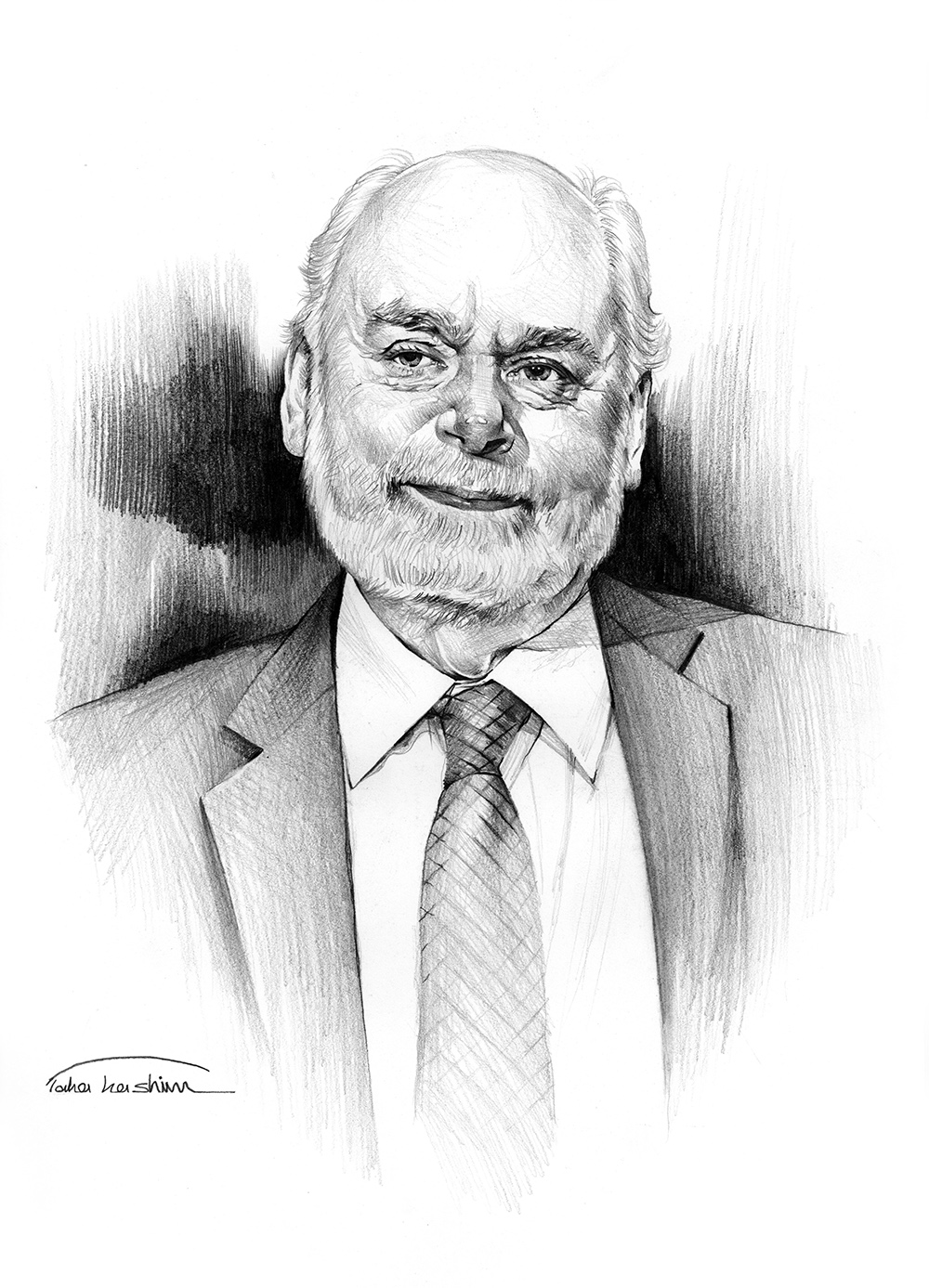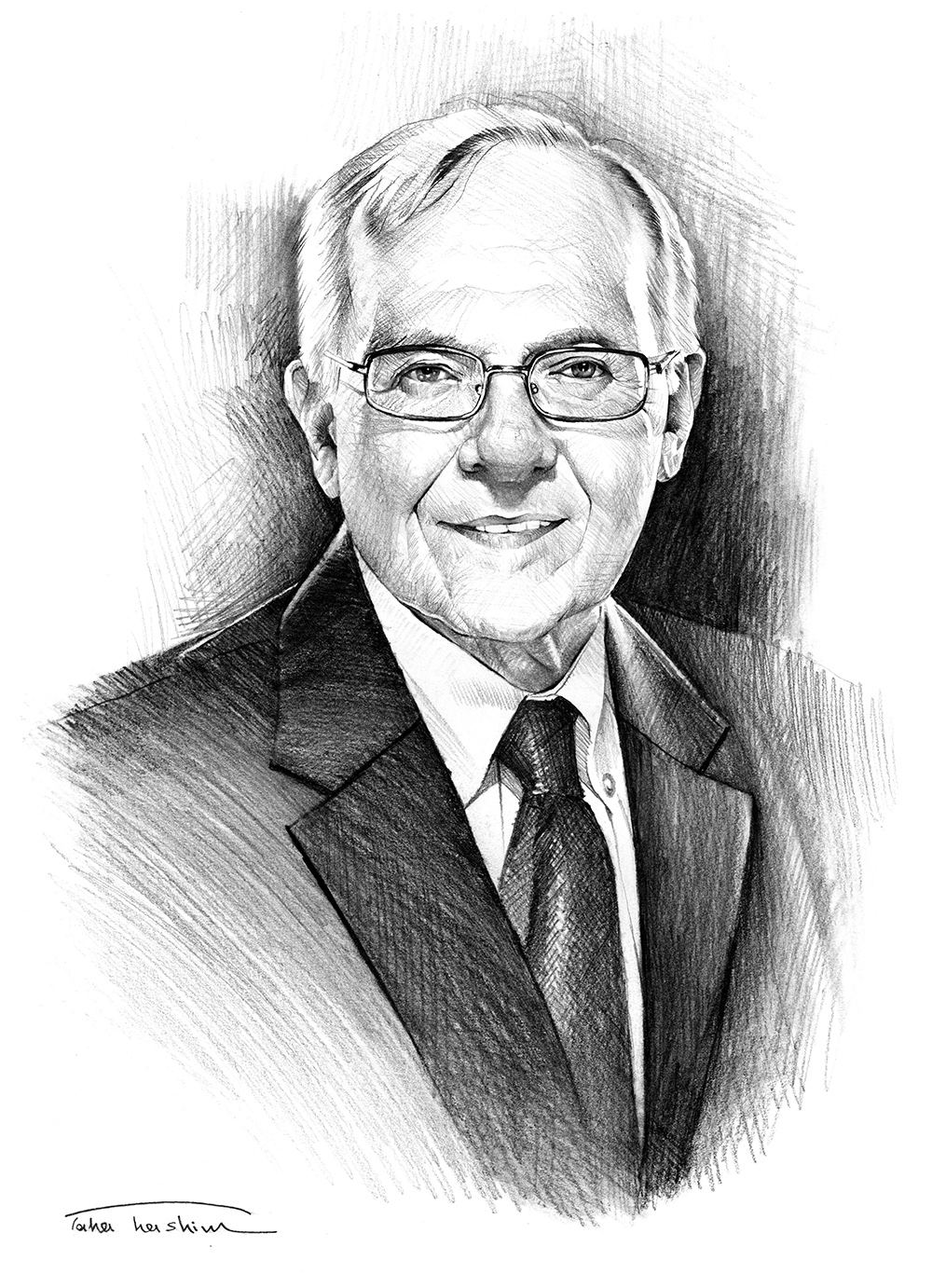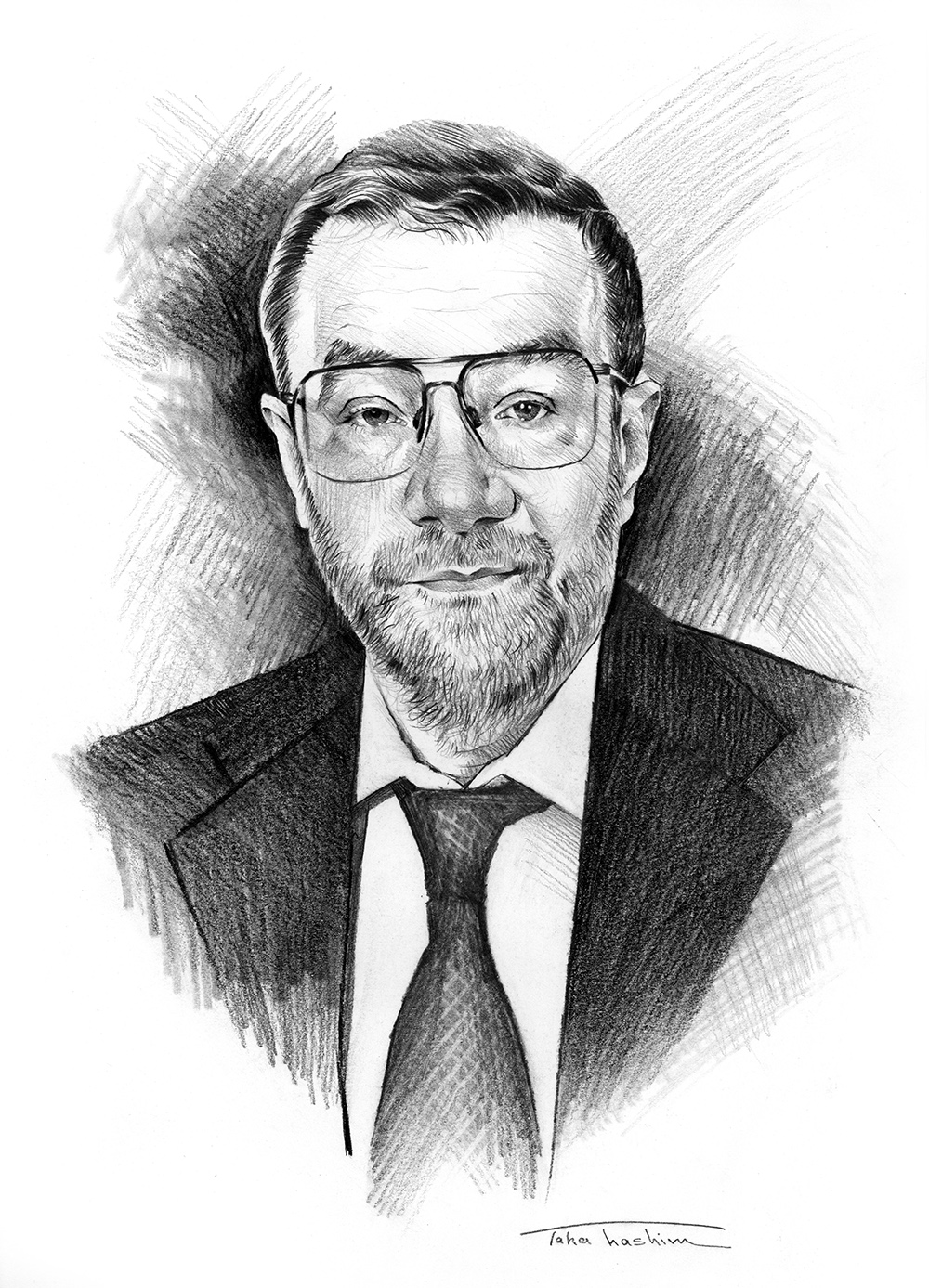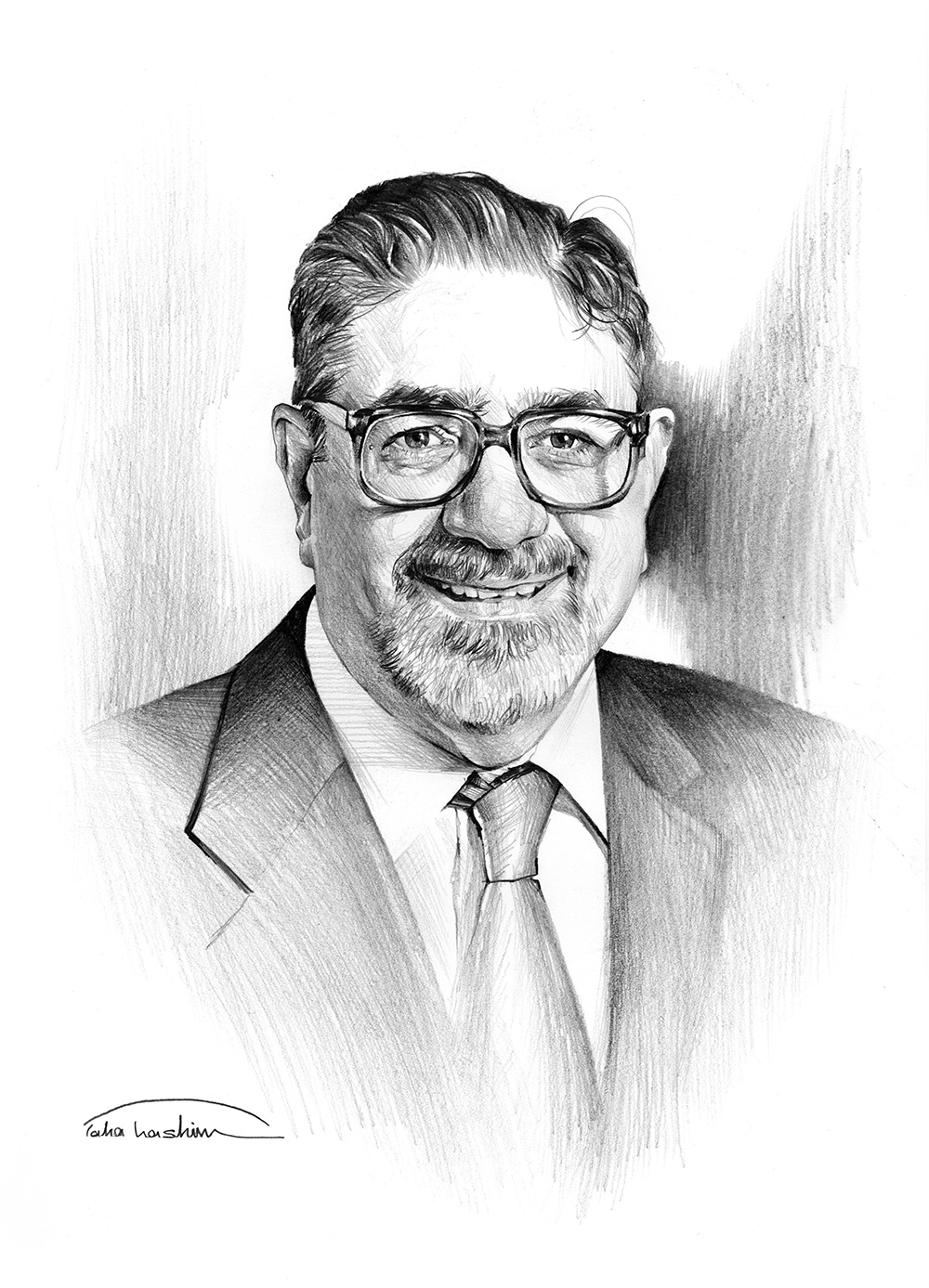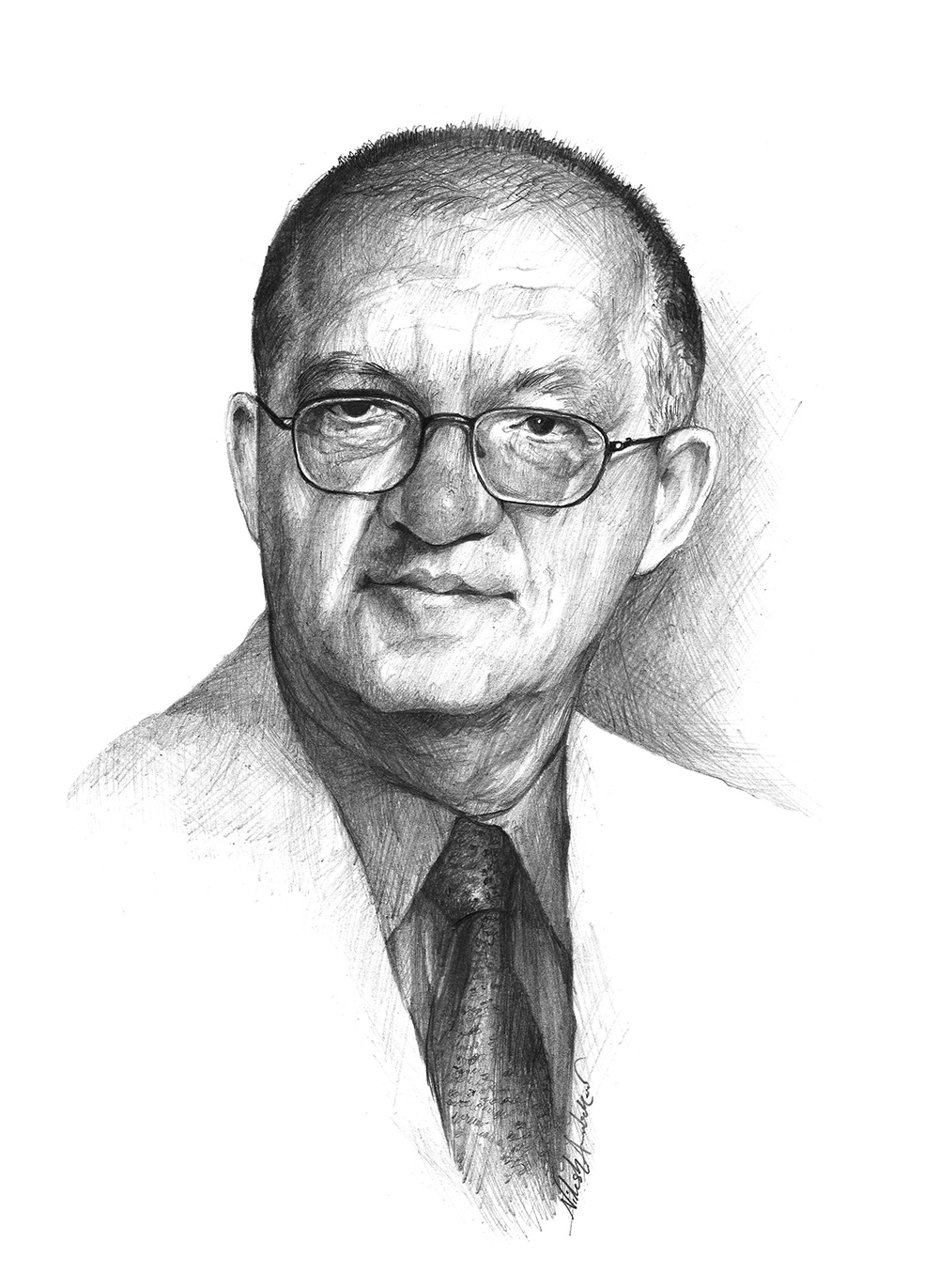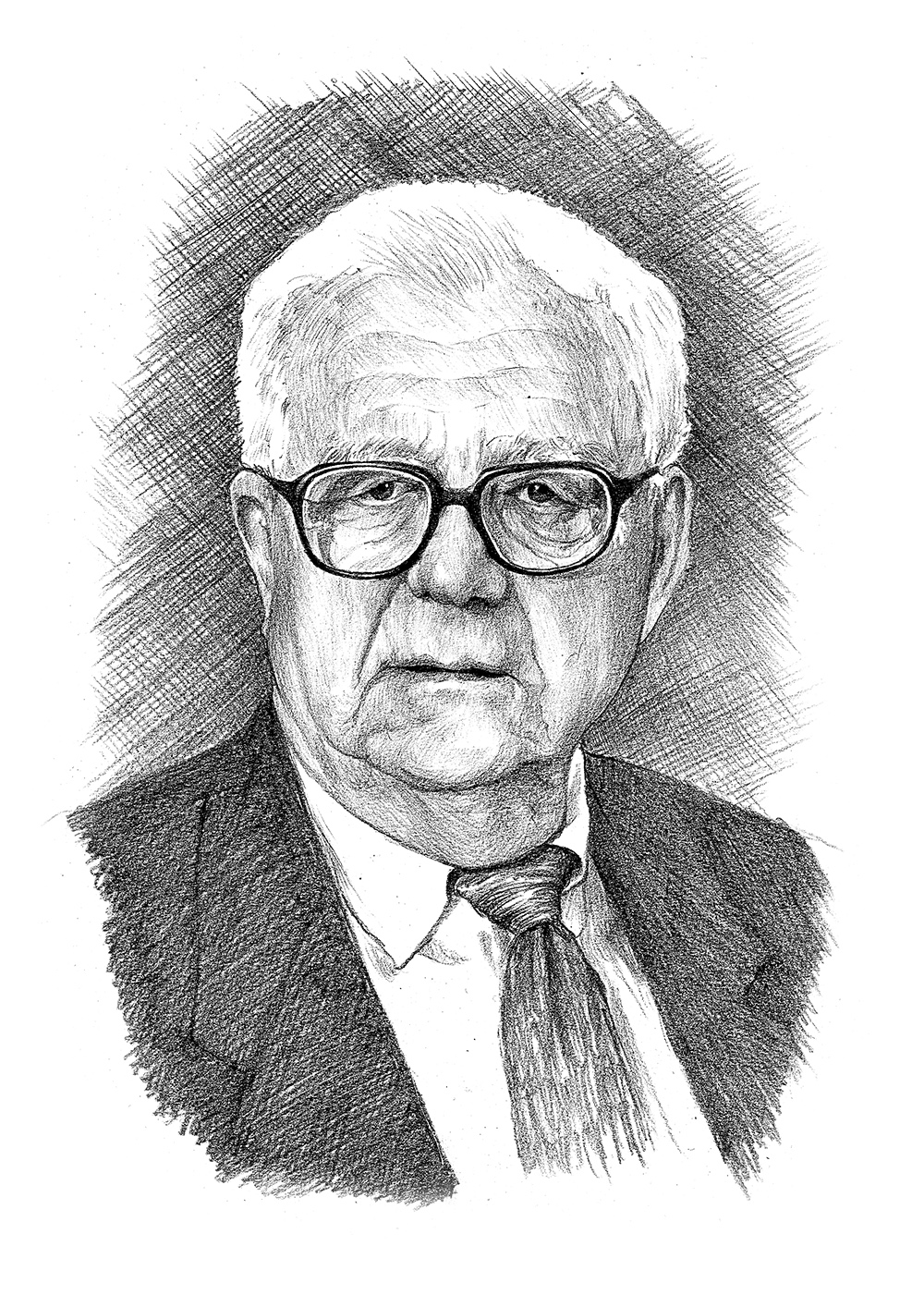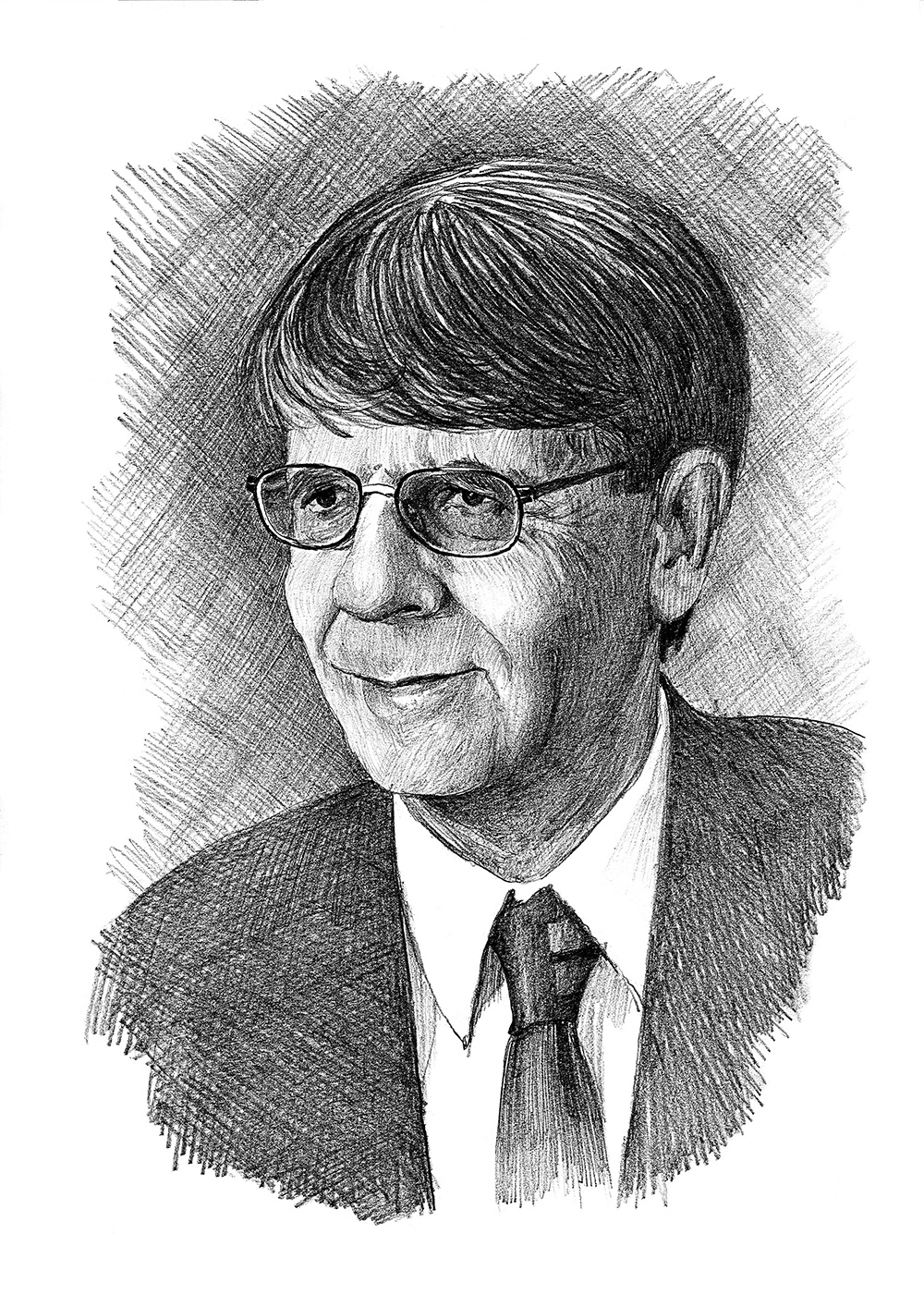James Stoddart obtained his B.Sc. in 1964 and his Ph.D. in 1966 from Edinburgh University. In 1967, he was appointed as a National Research Council postdoctoral fellow at Queen’s University in Canada, and in 1970 an Imperial Chemical Industries Research Fellow at Sheffield University. He taught at Sheffield and Birmingham Universities, then joined the University of California, Los Angeles in 1997 as Saul Winstein Professor of Organic Chemistry, and, in 2003, as a Fred Kavil Professor of NanoSystems Sciences and the Director of the California NanoSystems Institute (CNSI).
A world authority in mechanical chemistry and nanoscience, Stoddart created a new and promising field of chemistry by introducing mechanical bonds into chemical compounds. Using molecular recognition and self-assembly processes he is able to build mechanically interlocked molecules that can be used as functioning devices after the same style as those found in the living world. These extremely tiny nano-mechanical devices (1 nanometer = 1 billionth of a meter) operate based on the relative movements of molecular components and can be activated chemically, electrically and optically. As such, they hold considerable promise for fabrication and use as switches, sensors, actuators, amplifiers, motors, molecular random access memories, etc. Smaller than a human cell, some of these devices may also have the potential of being used to deliver drugs into cancer cells. Professor Stoddart currently leads a large body of researchers and visiting scientists. During the past 35 years, he mentored more than 280 Ph.D. students and postdoctoral scholars, many of whom are now pursuing successful academic careers of their own. He has published more than 770 papers, delivered over 700 invited lectures worldwide, and ranked as one of the most highly cited chemists in the world.
Stoddart’s outstanding achievements in chemistry and molecular nanotechnology were recognized by numerous prizes, honorary degrees, named lectureships and visiting or honorary professorships throughout the world. He has been awarded fellowships and memberships of several prestigious academies and societies, including the Royal Society of London. In 2004, he received the Nagoya Gold Medal in Organic Chemistry and at the turn of 2007, he was named Knight Bachelor by Queen Elizabeth II of Britain.
This biography was written in the year the prize was awarded.

